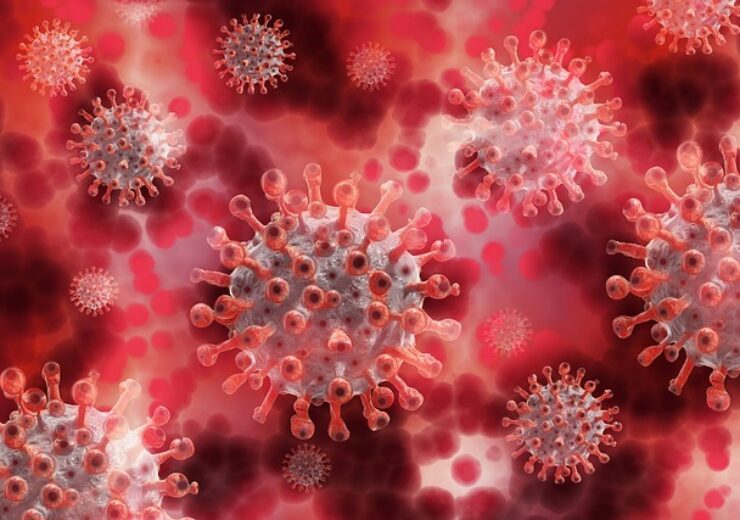The Exogenesis Surgical Mask is designed to provide protective nose and mouth covering for healthcare workers and patients involved in medical and surgical procedures. The masks are indicated in any procedure or situation where there is a risk of exposure to microorganisms and body fluids

Exogenesis Surgical Mask reaches primary endpoints in Covid-19 deactivation challenge trials. (Credit: Gerd Altmann from Pixabay)
Exogenesis Corporation today announced that a series of challenge tests for the Exogenesis Surgical Mask (ESM) achieved its primary endpoints of trapping and deactivating COVID-19 viral particles in simulated real-world exposures.
The Exogenesis Surgical Mask (ESM) is designed to provide protective nose and mouth covering for healthcare workers and patients involved in medical and surgical procedures. The masks are indicated in any procedure or situation where there is a risk of exposure to microorganisms and body fluids. The Exogenesis Surgical Mask (ESM) is not approved for commercial distribution. Management anticipates premarket regulatory filings soon.
Exogenesis ANAB technology can advance surgical mask effectiveness in deactivating Covid-19
Exogenesis proposes combining ANAB technology with colloidal or nano-copper. ANAB is understood to create a nanotopography which results in a significantly increased surface area, 33% more surface area on each fiber. This newly formed nano-surface allows for colloidal (nano particle) copper to bind to the surface and a second ANAB treatment strengthens this bond. This increase in surface area, therefore, results in an increased barrier area in which viruses could interact with colloidal copper ions.
Colloidal copper is spray-coated using a fine-mist sprayer onto the exterior surface of the ANAB-treated mask material. This results in a much greater area of coverage, using less copper than weaved fabric. Face masks and respirators treated with Exogenesis’ ANABCuTM would result in the trapping and inactivation of viral particles both to the healthy person breathing in, as well as the infected patient breathing out.
Coronaviruses are very small in size (~125nm diameter)1 and published data have suggested that sneezing may produce as many as 40,000 droplets between 0.5–12 μm in diameter2 that may be expelled at speeds up to 100 m/s,3 whereas coughing may produce up to 3000 droplet nuclei, about the same number as talking for five minutes.4 SARS-CoV-2 is widely distributed in the air and on object surfaces.5
The main transmission routes for SARS-CoV-2 are respiratory droplets and close contact.6 Respiratory droplets, spatters of virus-laden liquid of varying sizes, 7 expelled like ballistic missiles from the mouth and nose of an infected person, are thought to be the main route. A cough can disperse virus particles 4-to-5 meters (13-16 feet) and a sneeze can project them as far as 8 meters away, depending on humidity, temperature, and airflow. The droplets can cause infection by falling into an eye, nose, or mouth, by being inhaled or getting stuck on a hand and transferred to one of these entry sites. Therefore, in order for copper thread to be effective in inactivating virus particles, copper would need to be weaved into every thread of material on a mask, still limiting the surface area to the physical dimensions of the surgical mask.
Exogenesis commissioned a series of “real world” challenge studies where COVID-19 viral particles were exposed in aerosol to the surgical mask. The endpoint achieved suggests over a 98% deactivation upon contact and over 98% inhibition of viral transmission through the surgical face mask barrier.
Source: Company Press Release
